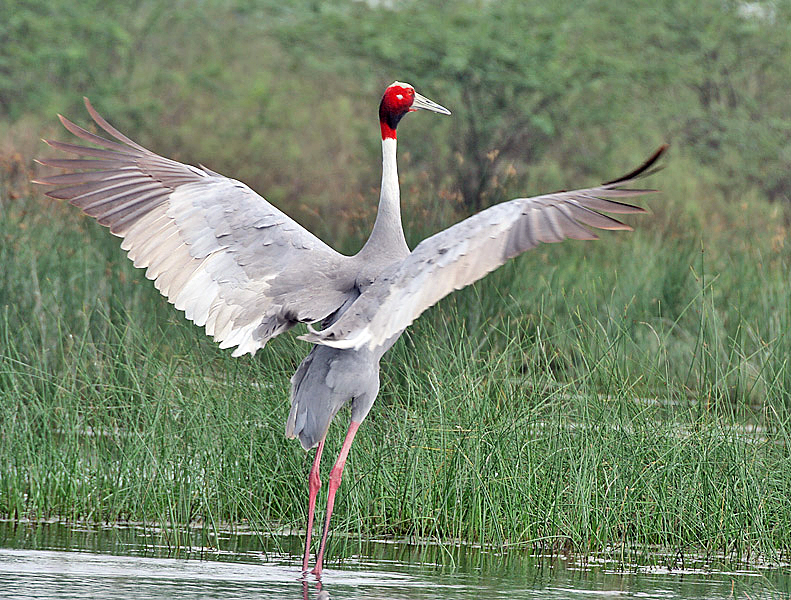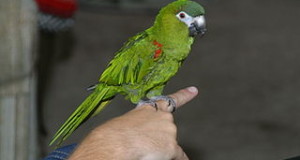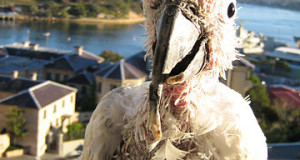 In Part 1 of this article I mentioned some general considerations regarding the trimming of flight feathers, and then launched into a story about a huge Saurus Crane (Grus antigone) that, while under my care at the Bronx Zoo, launched itself into the air and went sailing out over the South Bronx (its previously trimmed flight feathers had grown back in with astonishing rapidity). I continue with the story here….
In Part 1 of this article I mentioned some general considerations regarding the trimming of flight feathers, and then launched into a story about a huge Saurus Crane (Grus antigone) that, while under my care at the Bronx Zoo, launched itself into the air and went sailing out over the South Bronx (its previously trimmed flight feathers had grown back in with astonishing rapidity). I continue with the story here….
Brave Young Bird Keeper to the Rescue
Amazingly, while I was out searching for the nearly 6-foot-tall Saurus Crane, a 13-year-old boy of slight stature showed up at the zoo with the huge bird in tow. He had its rapier-like bill, which had sent one keeper to the hospital for stitches in the past, tucked beneath his arm, exactly as should be done with potentially dangerous birds.
The boy explained that he had grown up on a farm in Puerto Rico and, being smaller than most of the geese kept there, learned early on how to deal with avian aggressors – unfortunately, he left before I could offer him a job!
Pet Escapes
But I digress…my point is that even in professional collections, mistakes are made. It’s quite difficult to keep track of just when a clipped bird will re-gain its powers of flight, as had the Saurus Crane. Sometimes the re-growth of only 2-3 key feathers will allow the bird enough lift to escape. Pet owners who have become accustomed to their bird being flightless tend to forget precautions after a time, and may leave escape routes available to their birds.
Six months is often given as a guideline for feather re-growth where popular cage birds are concerned, but seasons, light cycles, diet, age, health and a host of other factors render this a rough estimate at best.
Why Not Clip all Birds?
On the positive side, fully-flighted birds kept in large cages or outdoor aviaries are more usually active and occupied, and in general possessed of a better quality of life, than are their perch-bound counterparts. Reproduction is also impacted, as copulation can be difficult or even impossible for wing-clipped males.
There is also some evidence that unclipped birds remain at healthier weights and that females experience few problems with egg-binding and related concerns (assuming they are given room to fly!).
Further Reading
An interesting article on feather clipping as a field research technique.
A video on clipping parrot and cockatiel flight feathers.
 That Bird Blog – Bird Care and History for Pet Birds
That Bird Blog – Bird Care and History for Pet Birds



